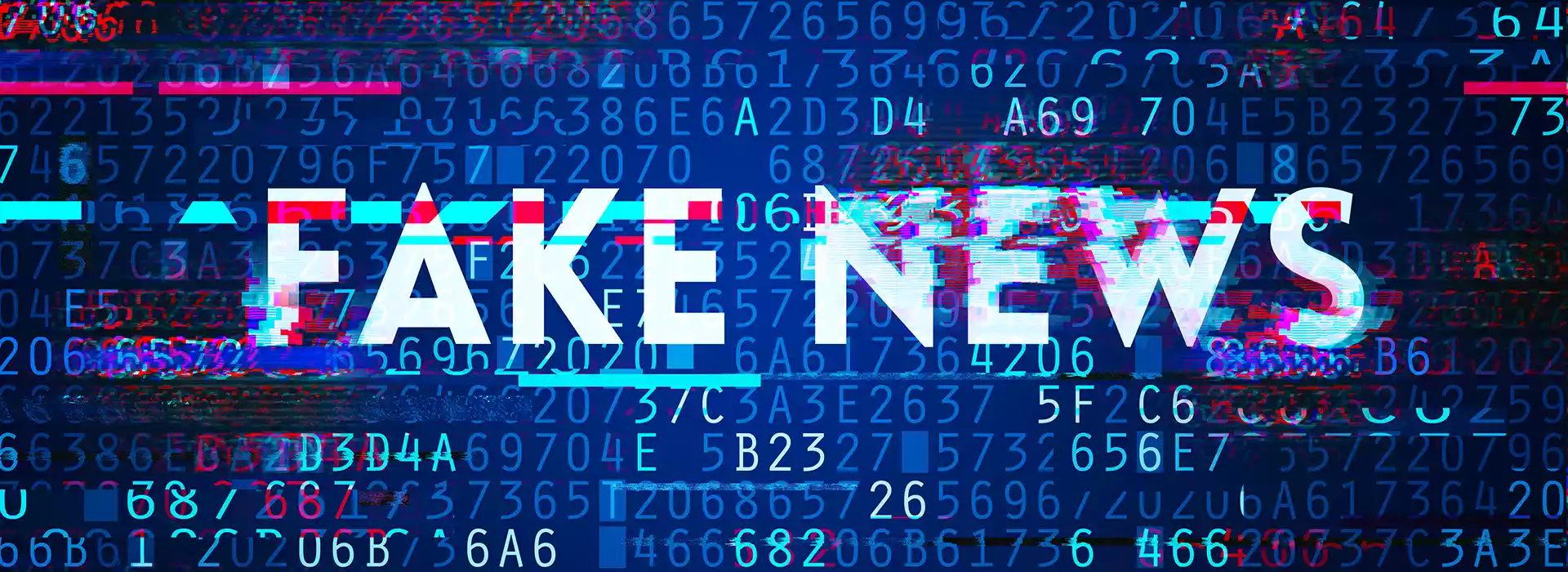Fake News Tops WEF Report For 2024
Fake News Tops WEF Report For 2024
The annual Global Risks Report for 2024, recently released by the World Economic Forum (WEF), clearly highlights the grave risks that the world may face in both the short term (2 years) and long term (10 years). The report identifies “Misinformation and Disinformation” as the top risk over the next two years amid rapid technological change, economic uncertainty, climate change, and conflict.
Last year, at Davos, Alec Hogg and I discussed the cost-of-living crisis, ranked as the number one global risk. It is now concerning to see that “Misinformation and Disinformation” has overtaken it as the most critical risk. “Fake news” can directly impact our communication ecosystems and violates the primary rule of a newsroom: “Check the credibility and reliability of a story before it is published as news.”
Fake News Unpacked: Misinformation versus Disinformation
Misinformation refers to false or inaccurate information. This usually has to do with getting facts wrong, which can be natural. Examples include rumours, insults and pranks. Disinformation, on the other hand, is deliberately false, and includes malicious content and misleading information such as hoaxes, phishing and propaganda.
While both have been a part of the human experience for years, technology and primarily artificial intelligence are hugely elevating the risks. This is especially true where digital experiences are dictated, in large part, by algorithms and, now, artificial intelligence (AI).
AI isn’t going anywhere and unfortunately unethical application of this powerful technology is widespread and escalating. As such, warnings from WEF and others about the risks posed by misinformation and disinformation are a reality that we have to navigate on a daily basis.

Technological Acceleration and the Spread of False Information
WEF’s report identifies technological acceleration as one of the four structural forces shaping global risks over the next decade. The rapid development of frontier technologies has the potential to exacerbate the spread of misinformation and disinformation.
Key negatives associated with this trend include:
Misinformation amplified: Algorithms designed to keep users engaged often prioritise sensational or emotionally charged content, regardless of its accuracy. This can lead to the spread of misinformation faster and further than reliable information.
Weaponisation of AI: Malicious actors can use AI-powered tools to create deepfakes and other synthetic media that are increasingly difficult to distinguish from reality, further blurring the lines between truth and falsehood.
Echo chambers and filter bubbles: Algorithms also tend to show users content that aligns with their existing beliefs, creating “echo chambers” where they’re less likely to encounter and critically evaluate opposing viewpoints.
It’s been well publicised that social media companies like Meta and X (Twitter) grapple with the content moderation required to combat these effects. The sheer volume of content makes it challenging for platforms to effectively identify and remove all misinformation. Additionally, determining what constitutes “misinformation” can be subjective and controversial.
Bringing it closer to home
“Emerging as the most severe global risk anticipated over the next two years, foreign and domestic actors alike will leverage misinformation and disinformation to further widen societal and political divides,” says WEF.
The South African National Editors Forum (SANEF) notes that in 2024, approximately 74 different elections will take place around the world, with 15 of those happening in Africa, SA being one of these. As these countries face the evolving threat of misinformation and disinformation, “fact-checking and media-monitoring groups are finding ways to mitigate the damage caused.”
WEF drills down further, highlighting that close to three billion people are expected to head to the electoral polls across several countries – including Bangladesh, India, Indonesia, Mexico, Pakistan, the United Kingdom and the United States – over the next two years.
“The widespread use of misinformation and disinformation, and tools to disseminate it, may undermine the legitimacy of newly elected governments. Resulting unrest could range from violent protests and hate crimes to civil confrontation and terrorism.”
As SA gets ready to go the polls later this year, the threat of unrest cannot be underscored enough.
The memory is still fresh of areas in Gauteng and KwaZulu-Natal that were brought to the ground by violent protests, vandalism and looting in July 2021. At the time, some estimates said over 800 retail stores were looted resulting in over R5bn worth of damage just in that sector. All told, government estimates that R50bn was wiped out from SA’s economy, with almost two million people losing their jobs, due to the unrest.
Slowing down the Risks
As we navigate an increasingly interconnected and uncertain world, the threats posed by misinformation and disinformation cannot be underestimated.
Education and media literacy are crucial for equipping people to critically evaluate the information they consume.
All companies that play a core role in the communication ecosystem, must take responsibility for mitigating the spread of false information on our platforms, and educating ourselves about these dangers. Moreover, cooperation between governments, private sector, and civil society is essential. This is not a fight that a singular entity can take on and realistically hope to win.
WEF’s findings serve as a stark reminder of these risks. The onus is on us all – individuals, societies, governments, and businesses alike – to join forces to mitigate these threats “and foster a more informed, resilient society.”






